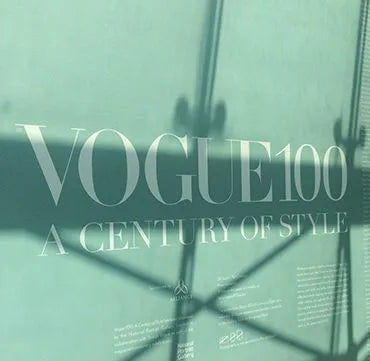
We Interview the Vogue 100 Team - Part 3
 In the final instalment of our Vogue 100 series, we speak to its chief curator Robin Muir, who is also a contributing editor of British Vogue.
In the final instalment of our Vogue 100 series, we speak to its chief curator Robin Muir, who is also a contributing editor of British Vogue.
 Do you think high glamour can ever be truly interesting without the element of the unexpected?
No, I think it needs that item of the unexpected, and Vogue is so sure of itself that you can forgive that. Subversive makes it sound as if it's something sly and mischievous; it is that but also just something different, it's a sort of edge; it's something that's unexpected, and unexpected can be charming, just something extra.
Do you think high glamour can ever be truly interesting without the element of the unexpected?
No, I think it needs that item of the unexpected, and Vogue is so sure of itself that you can forgive that. Subversive makes it sound as if it's something sly and mischievous; it is that but also just something different, it's a sort of edge; it's something that's unexpected, and unexpected can be charming, just something extra.
 The thing I always point out is that in the Fifties you're surrounded by all that high glamour, you've got Balenciaga, you've got all these amazing dresses, then you've got that little Tony Armstrong Jones photograph where he's slipping on the banana skin, which is that slightly subversive thing which has permeated Vogue throughout the years.
The thing I always point out is that in the Fifties you're surrounded by all that high glamour, you've got Balenciaga, you've got all these amazing dresses, then you've got that little Tony Armstrong Jones photograph where he's slipping on the banana skin, which is that slightly subversive thing which has permeated Vogue throughout the years.
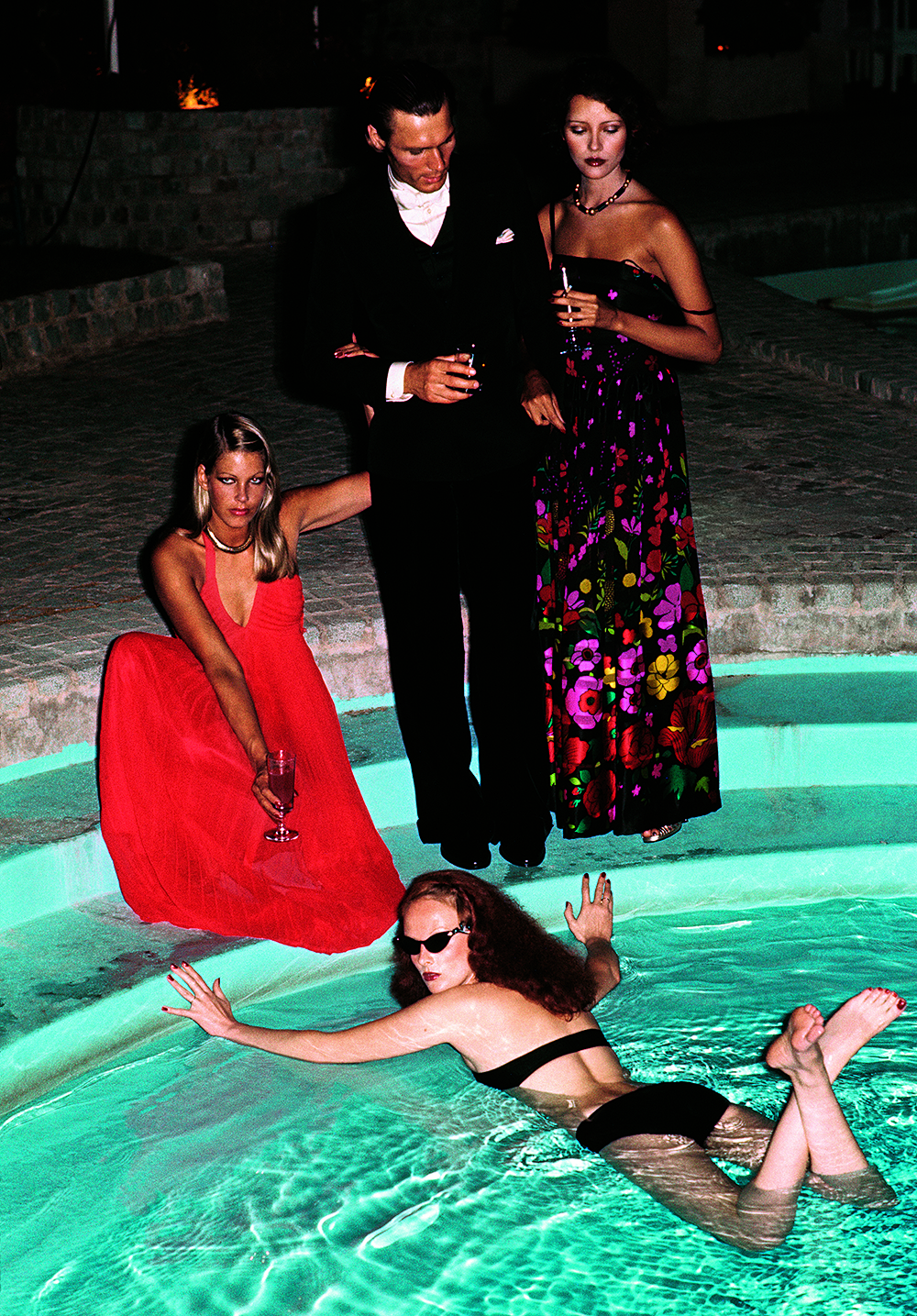 What do you think it is about Vogue that no other publication has ever managed to equal?
Vogue rests a lot on its history, it's very easy for Vogue to rest on its laurels because it is the market leader; Cecil Beaton was going to title his autobiography When I Die, I Want to Go to Vogue; you couldn't say When I Die, I Want to Go to Marie Claire, or Grazia. There's just something about that name that means something. And although Vogue always sort of represents the finest in everything, it's not afraid at the same time to debunk itself; that's what it's about, because it's in a position to do it.
What do you think it is about Vogue that no other publication has ever managed to equal?
Vogue rests a lot on its history, it's very easy for Vogue to rest on its laurels because it is the market leader; Cecil Beaton was going to title his autobiography When I Die, I Want to Go to Vogue; you couldn't say When I Die, I Want to Go to Marie Claire, or Grazia. There's just something about that name that means something. And although Vogue always sort of represents the finest in everything, it's not afraid at the same time to debunk itself; that's what it's about, because it's in a position to do it.
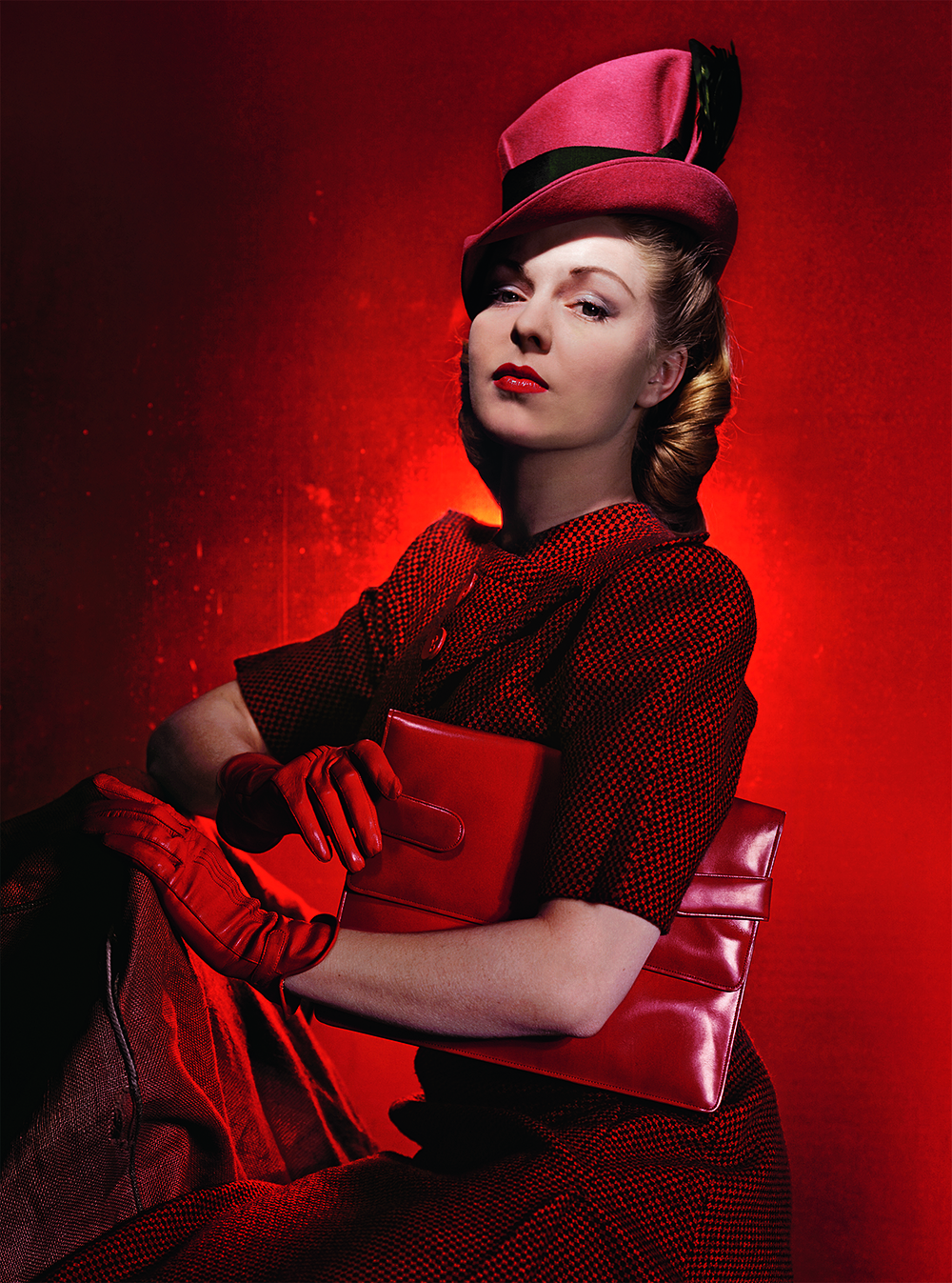 It's interesting isn't it because the stereotype of fashion is that snobbiness, the exclusivity and elitism.
Well Alex Shulman, who is not at all elitist, is very clear that she wants to make Vogue available for everybody, so obviously it has to historically cover the past and the haute couture collections which are way beyond anybody's price range, but it's also there to bring fashion to people who can't necessarily afford that sort of thing. A certain sort of standard, a certain sort of glamour. So you'll see things mixed and matched, high fashion with more affordable fashion, and it all sort of meets in the middle. And we've got to remember it's the fashion business, it's a business that gives huge employment to hundreds and hundreds of thousands of people around the globe, and it's a £4billion industry.
It's interesting isn't it because the stereotype of fashion is that snobbiness, the exclusivity and elitism.
Well Alex Shulman, who is not at all elitist, is very clear that she wants to make Vogue available for everybody, so obviously it has to historically cover the past and the haute couture collections which are way beyond anybody's price range, but it's also there to bring fashion to people who can't necessarily afford that sort of thing. A certain sort of standard, a certain sort of glamour. So you'll see things mixed and matched, high fashion with more affordable fashion, and it all sort of meets in the middle. And we've got to remember it's the fashion business, it's a business that gives huge employment to hundreds and hundreds of thousands of people around the globe, and it's a £4billion industry.
 And people from all walks of life will buy Vogue won't they, no matter whether they can afford the clothes or they aspire to them or not…
It doesn't need to be an expensive photograph, I mean the photo with the five models is literally just five people in the street; just a cameraman and a New York backdrop. People will be worried about the bottom line so you have to make it affordable. The people who do the photography; the people you photograph the clothes on; there's so much that goes into it.
What do you think has been the most inspiring era in Vogue's history so far?
The nineties were pretty inspiring, because you have the supermodels on one hand, and three years later you've got grunge, and there's such a disparity. You see huge changes like that, and it'll change again, so the real thing that Vogue does very well is it captures the zeitgeist, it captures the moment and distils it into photography. And that's a mixture of luck and hard work.
And people from all walks of life will buy Vogue won't they, no matter whether they can afford the clothes or they aspire to them or not…
It doesn't need to be an expensive photograph, I mean the photo with the five models is literally just five people in the street; just a cameraman and a New York backdrop. People will be worried about the bottom line so you have to make it affordable. The people who do the photography; the people you photograph the clothes on; there's so much that goes into it.
What do you think has been the most inspiring era in Vogue's history so far?
The nineties were pretty inspiring, because you have the supermodels on one hand, and three years later you've got grunge, and there's such a disparity. You see huge changes like that, and it'll change again, so the real thing that Vogue does very well is it captures the zeitgeist, it captures the moment and distils it into photography. And that's a mixture of luck and hard work.
 Do you have any more plans to bring your two worlds together? (Art and fashion)
This has been six years in the planning so I don't think I'll do that much more with Vogue, I had to look through two thousand issues, I mean the things you haven't seen, we could've done six, seven, eight exhibitions, there's so much. It's very much a personal take on the decades.
Do you have any more plans to bring your two worlds together? (Art and fashion)
This has been six years in the planning so I don't think I'll do that much more with Vogue, I had to look through two thousand issues, I mean the things you haven't seen, we could've done six, seven, eight exhibitions, there's so much. It's very much a personal take on the decades.


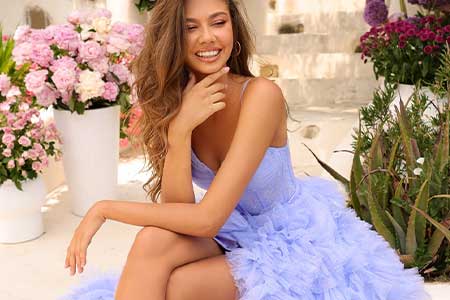

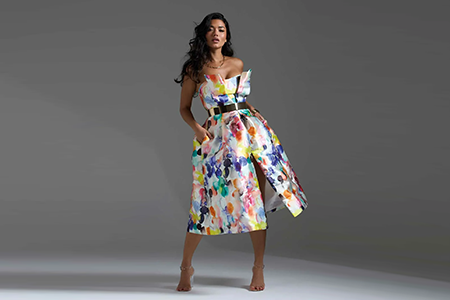



Leave a comment
This site is protected by hCaptcha and the hCaptcha Privacy Policy and Terms of Service apply.